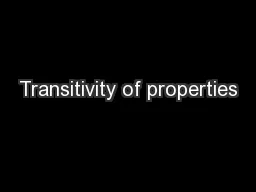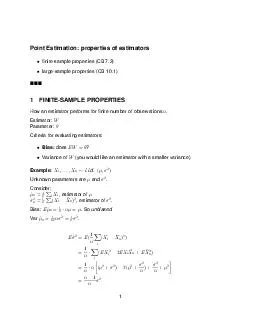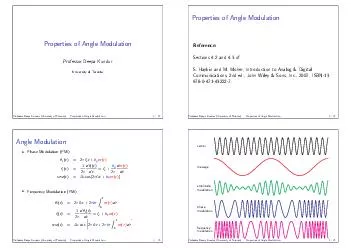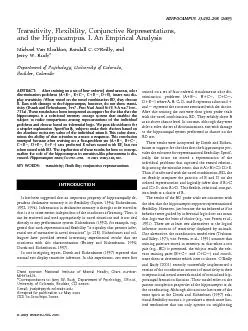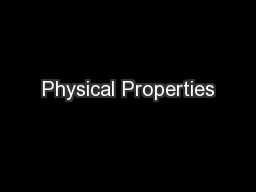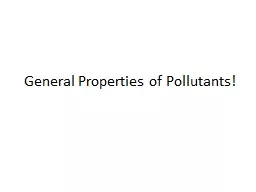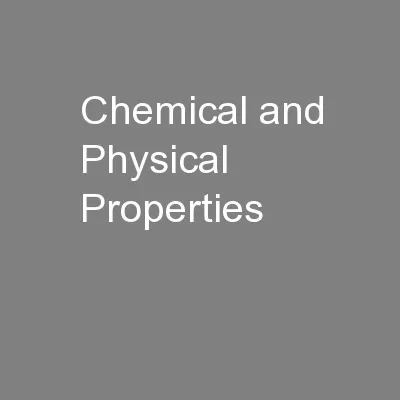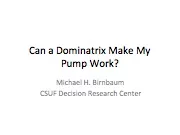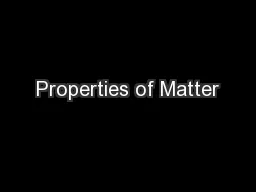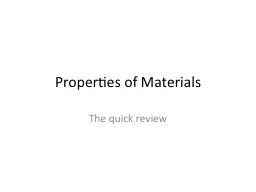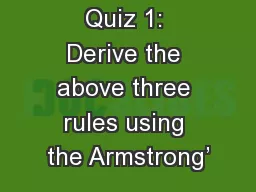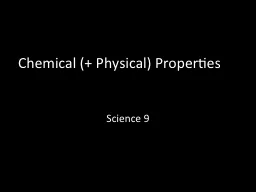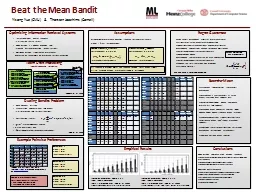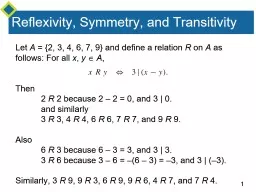PPT-Transitivity of properties
Author : jane-oiler | Published Date : 2017-01-20
CE Ore Transitivity in a typed system Explicit xA yA zA P xy amp P yz gt P xz Implicit or constrained Property P A gt B amp C subclass of or equal to A
Presentation Embed Code
Download Presentation
Download Presentation The PPT/PDF document "Transitivity of properties" is the property of its rightful owner. Permission is granted to download and print the materials on this website for personal, non-commercial use only, and to display it on your personal computer provided you do not modify the materials and that you retain all copyright notices contained in the materials. By downloading content from our website, you accept the terms of this agreement.
Transitivity of properties: Transcript
Download Rules Of Document
"Transitivity of properties"The content belongs to its owner. You may download and print it for personal use, without modification, and keep all copyright notices. By downloading, you agree to these terms.
Related Documents

